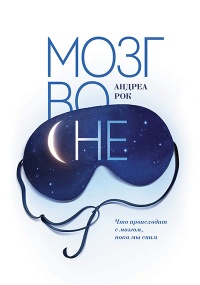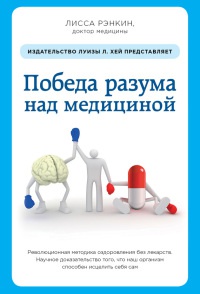Книга Дуэль нейрохирургов. Как открывали тайны мозга, и почему смерть одного короля смогла перевернуть науку - Сэм Кин
На нашем литературном портале можно бесплатно читать книгу Дуэль нейрохирургов. Как открывали тайны мозга, и почему смерть одного короля смогла перевернуть науку - Сэм Кин полная версия. Жанр: Книги / Домашняя. Онлайн библиотека дает возможность прочитать весь текст произведения на мобильном телефоне или десктопе даже без регистрации и СМС подтверждения на нашем сайте онлайн книг knizki.com.
Шрифт:
-
+
Интервал:
-
+
Закладка:
Сделать
Перейти на страницу:
Перейти на страницу:
Внимание!
Сайт сохраняет куки вашего браузера. Вы сможете в любой момент сделать закладку и продолжить прочтение книги «Дуэль нейрохирургов. Как открывали тайны мозга, и почему смерть одного короля смогла перевернуть науку - Сэм Кин», после закрытия браузера.
Книги схожие с книгой «Дуэль нейрохирургов. Как открывали тайны мозга, и почему смерть одного короля смогла перевернуть науку - Сэм Кин» от автора - Сэм Кин:
Комментарии и отзывы (0) к книге "Дуэль нейрохирургов. Как открывали тайны мозга, и почему смерть одного короля смогла перевернуть науку - Сэм Кин"
























